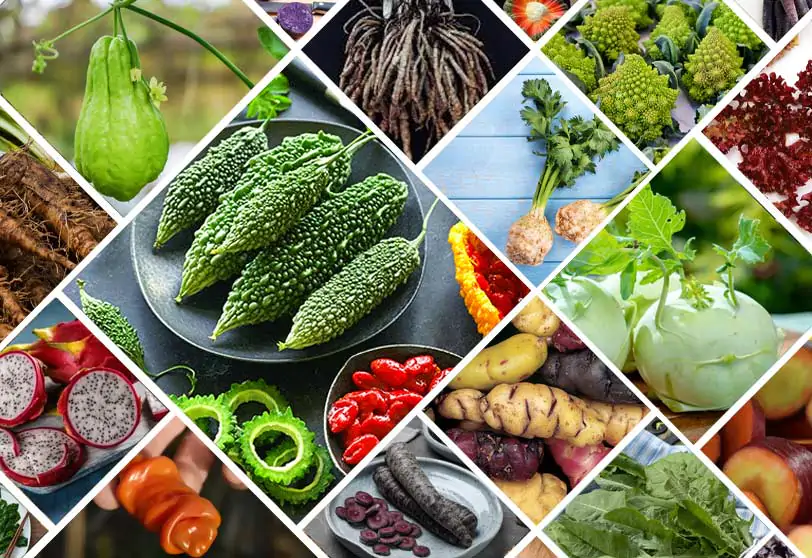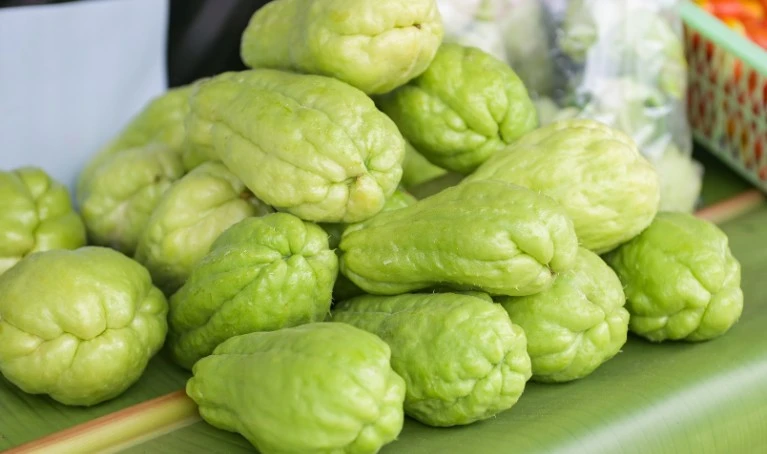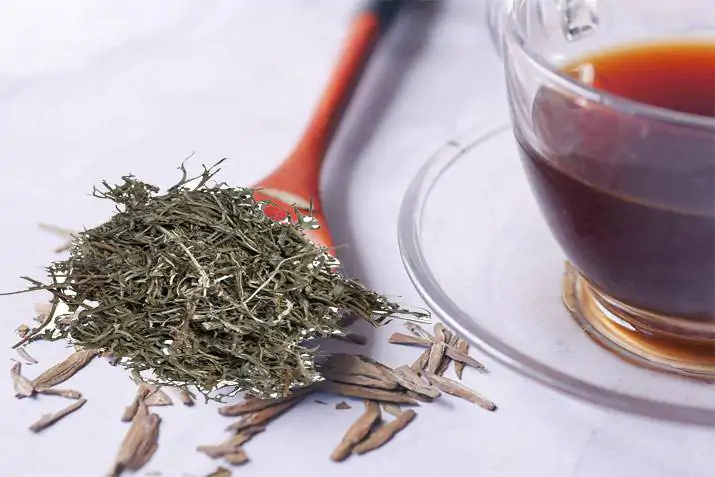Oca vegetable (Oxalis tuberosa) is a close relative of potato but very far in terms of taste. Originating in the South American Andes mountains, oca is the edible rhizome or tuber that grows underground. It is sweet, tangy, and crunchy. Many call it lemony potato or sour cream potato to explain its unique taste.
It might appear as a weird vegetable for some, but it has numerous health benefits and nutritional values that might astonish you.
Nutritional Value of Oca

Packed with vitamin C, iron, zinc, and fiber, it has pretty much everything you might need in a vegetable. Since it is low in calories, it is a great food to consume for weight loss. Having a high water content, it can surely keep you hydrated all day.
- Water
- Protein
- Fat
- Carbohydrates
- Fiber
- Vitamin B1
- Vitamin B2
- Vitamin B3
- Vitamin C
- Calcium
- Iron
- Phosphorus
- Zinc
Health Benefits of Oca Vegetable
Following are some health benefits of oca vegetable you must know before adding oca into your routine.
1. Improves Heart’s Health
Oca enhances the health of heart because it contains rich fiber contents that help the blood flow.
2. Promote Bone Strength
Since it is packed with potassium and calcium, oca can be the best option if you have weak bones.
3. Protection From Diseases
It enhances the immunity and make us healthy to combat viral diseases and infections. Oca might not be included in the list of citrus fruits and vegetables, but it helps the body combating diseases.
4. Packed With Iron
It has iron that keeps the blood supply frequent and spread oxygen spread all over the body.
Quick Oca Recipes You Must Try at Home
All parts of oca are edible. However, tubers are the most consumed part.
We can safely say it is jack-of-all in terms of recipes. Fry, boil, roast, grill or bake it with anything of your choice, and it will taste great. You can also add them in salads and rice with potatoes or make a delicious stew.
Wanna try making some oca in your daily cuisine? These quick and easy recipes will make your day.
- Spiced Oca with Dressed Lentils and Spinach
Roast some oca slices with seasonings like cumin, cinnamon, and smoked paprika. Add oil and put into a preheated oven for 15-20 minutes. On the other side, make the nut mixture by toasting them with parsley and lemon zest. Cook lentils with spinach in garlic and seasonings and add yogurt.
Finish by plating the lentils topped with roasted oca and sprinkle the nut mixture. Drizzle some yogurt for the enhanced taste.
- Stir Fried Oca
Sauté the oca for a few minutes on medium-high heat. Add soy, ginger, chillies and onions and keep it rolling for half a minute to color evenly. Turn off the flame and drizzle honey to coat it. Dish out and enjoy!
How to Grow Oca Vegetables in Your Backyard?

Here are the specific climate, soil type and other requirements you must provide in order to grow perfect oca vegetable or New Zealand yam.
Best Soil Type:
- Always choose well-draining soil with a slightly acidic to neutral pH (around 6.0-7.0).
- Work in organic matter, like compost. It improves the fertility of the soil.
- It must have low nitrogen because nitrogen will only produce bushes or leaves rather than tubers.
- The roots must have ample space in 1 foot beneath the ground.
Sunlight:
It needs full sunlight to grow properly. But you can also grow them in partial sunlight as well.
Best Months to Grow Oca:
Winters (November to December) are the most suitable months to harvest oca as it grows fully in cold season.
Right Way to Plant Oca:
Always plant them 1 foot deep and 12-18 inches apart if you are growing multiple oca plants. Moreover, you can grow them both by seeds and tubers. Incase of tubers, you can either cut them to grow more plants or grow individual sprouts and plant them separately.
On the other hand, if you are using seeds, you have to water them for few days after sowing to soften the coat. It will help in germination of seeds. Once you see them turning into seedlings, tranfer them to large pots or open area to give optimal amount of space to grow.
Conclusion
Oca vegetable might be the most underrated veggie you have come across. Despite being apparently close to potatoes and carrots, people not like them as much. So, it is necessary to be aware of the health benefits oca has so you can make delicious recipes from them.






